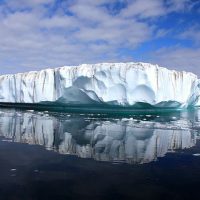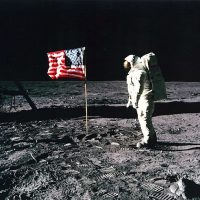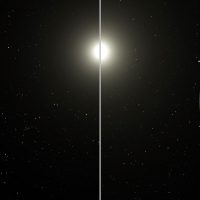Antarctica Adding Snow, Not Losing it According to NASA
NASA has come to what may seem like a surprising conclusion, ice in Antarctica isn’t shrinking, just the opposite, it has actually expanded to record levels. This challenges the commonly held narrative that global warming is causing ice levels in the Antarctic to shrink. The ice shelves in Antarctica have now expanded to their largest …





